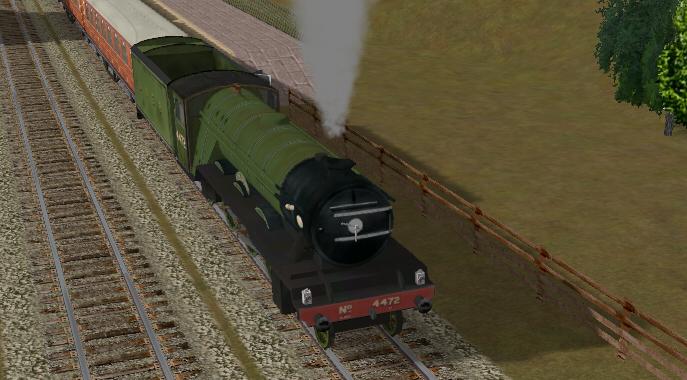 nyc01, on 27 March 2013 - 08:43 PM, said:
nyc01, on 27 March 2013 - 08:43 PM, said:
Just a note here: OpenRails also uses DirectX 9.

Posted 27 March 2013 - 10:36 PM
 nyc01, on 27 March 2013 - 08:43 PM, said:
nyc01, on 27 March 2013 - 08:43 PM, said:
Posted 27 March 2013 - 10:50 PM

Posted 28 March 2013 - 08:57 AM
Posted 28 March 2013 - 10:09 AM
 Genma Saotome, on 28 March 2013 - 08:57 AM, said:
Genma Saotome, on 28 March 2013 - 08:57 AM, said:
Quote

Posted 28 March 2013 - 10:43 AM
 nyc01, on 28 March 2013 - 10:09 AM, said:
nyc01, on 28 March 2013 - 10:09 AM, said:

Posted 28 March 2013 - 10:59 AM
 nyc01, on 27 March 2013 - 08:43 PM, said:
nyc01, on 27 March 2013 - 08:43 PM, said:

Posted 28 March 2013 - 11:48 AM
 Genma Saotome, on 28 March 2013 - 10:43 AM, said:
Genma Saotome, on 28 March 2013 - 10:43 AM, said:
Quote

Posted 28 March 2013 - 11:49 AM
Posted 28 March 2013 - 11:53 AM
 cjakeman, on 28 March 2013 - 10:59 AM, said:
cjakeman, on 28 March 2013 - 10:59 AM, said:
Quote

Posted 28 March 2013 - 11:58 AM